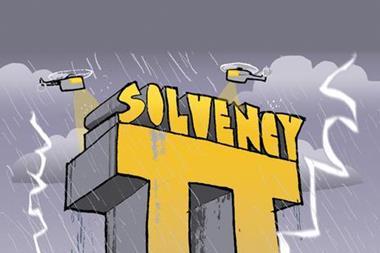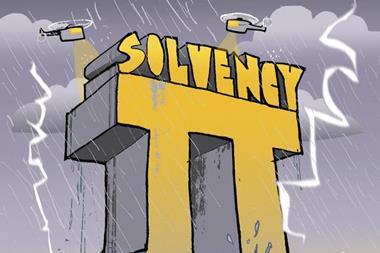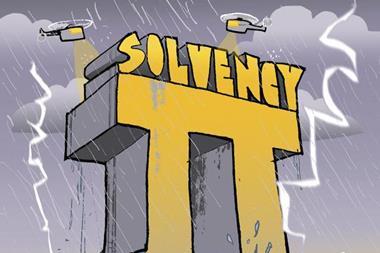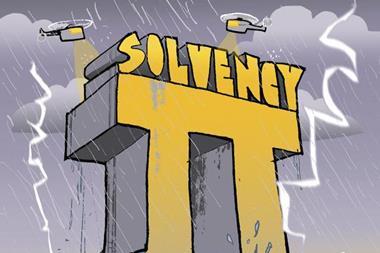Why the new regime offers an opportunity for positive business transformation
While the initial reaction to Solvency II may be that compliance is a costly and timely nuisance, in the long run insurers can expect to accrue solid business benefits from their compliance. With greater transparency into their capital holdings and risk exposure, insurers will offer better sightlines into their operations for both investors and customers.
Solvency II also provides an opportunity for a positive business transformation. As insurers take steps to better manage their capital, they’ll generate more operational data, which in turn will enable more informed and improved decisions.
Some companies already realise this. SunGard’s recent study found that more progressive organisations – typically large companies with more than £25bn in assets – see Solvency II as a real opportunity to create business advantage. They are likely to commit management resources to understanding the scope of the work involved and are gearing up their people and processes accordingly.
For instance, as organisational risk is broken out of departmental silos and executives have better visibility into their overall capital preparedness, they will also have more perspective on other business opportunities the company should be exploring. As they optimise their governance structure and enhance their reporting standards with statuary reports and public disclosure, the business as a whole will benefit.
Solvency II is an incentive for both insurers and reinsurers to adopt a risk-based management approach based on properly measuring and managing risks. Senior executives, risk, actuarial and IT departments should work together to develop the reporting practices, management reports and dashboards necessary for building a risk-aware corporate environment.
Over the next two years, as they implement new risk management processes and systems, insurers will improve their ability to track and report their exposure to risk. As a result, they will be in a much stronger position as they plan for business development, manage their liquidity and risk appetite to optimise their return on capital reserves.
In summary, Solvency II promises to bring greater transparency to insurance company operations, along with more and better information for improved operations and competitive advantage.
By addressing the wider ERM issues raised by Solvency II, companies can minimise operational risk, minimise the IT cost base, implement enhanced processes that create more flexibility and so potentially lower their capital requirements.
For companies that adopt this broader perspective on Solvency II, there is an opportunity to clearly stand out among the competition.
Petra Wildemann is the global director of Actuarial and Solvency II Consulting Services for the SunGard platform, iWorks Prophet. Petra has extensive international experience in the insurance industry and has delivered large-scale global business and transformation programmes with Accenture, FJA and IBM and insurance customers worldwide. Prior to joining SunGard, she worked for six years at Hewlett Packard as the worldwide director for the insurance business.
Hosted by comedian and actor Tom Allen, 34 Gold, 23 Silver and 22 Bronze awards were handed out across an amazing 34 categories recognising brilliance and innovation right across the breadth of UK general insurance.














































No comments yet